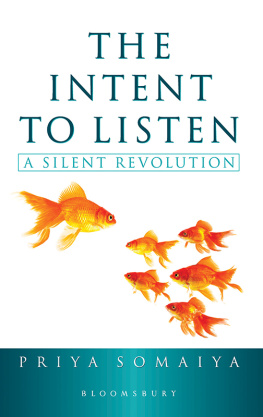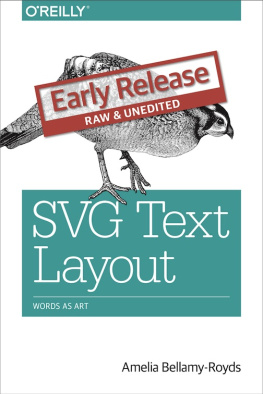Richard Cauldwell - A Syllabus for Listening - Decoding (Fixed format layout)
Here you can read online Richard Cauldwell - A Syllabus for Listening - Decoding (Fixed format layout) full text of the book (entire story) in english for free. Download pdf and epub, get meaning, cover and reviews about this ebook. year: 2019, genre: Children. Description of the work, (preface) as well as reviews are available. Best literature library LitArk.com created for fans of good reading and offers a wide selection of genres:
Romance novel
Science fiction
Adventure
Detective
Science
History
Home and family
Prose
Art
Politics
Computer
Non-fiction
Religion
Business
Children
Humor
Choose a favorite category and find really read worthwhile books. Enjoy immersion in the world of imagination, feel the emotions of the characters or learn something new for yourself, make an fascinating discovery.
- Book:A Syllabus for Listening - Decoding (Fixed format layout)
- Author:
- Genre:
- Year:2019
- Rating:4 / 5
- Favourites:Add to favourites
- Your mark:
- 80
- 1
- 2
- 3
- 4
- 5
A Syllabus for Listening - Decoding (Fixed format layout): summary, description and annotation
We offer to read an annotation, description, summary or preface (depends on what the author of the book "A Syllabus for Listening - Decoding (Fixed format layout)" wrote himself). If you haven't found the necessary information about the book — write in the comments, we will try to find it.
A Syllabus for Listening - Decoding (Fixed format layout) — read online for free the complete book (whole text) full work
Below is the text of the book, divided by pages. System saving the place of the last page read, allows you to conveniently read the book "A Syllabus for Listening - Decoding (Fixed format layout)" online for free, without having to search again every time where you left off. Put a bookmark, and you can go to the page where you finished reading at any time.
Font size:
Interval:
Bookmark:
A SYLLABUS FOR LISTENING
DECODING
RICHARD CAULDWELL
A Streaming Speech publication from
Speech in Action
Speech in Action Birmingham, UK
www.speechinaction.com
Speech in Action 2018
This publication is copyright. Subject to statutory exception and to the provision of relevant collective licensing agreements, no reproduction of any part may take place without the written permission of Speech in Action.
Edited by Sheila Thorn, The Listening Business
Page design and layout by Rosamund Saunders Printed on demand by Amazon Cover design by Jane Bromham
First published 2018, 2nd printing June 2018
A Streaming Speech publication from Speech in Action
While every attempt has been made to do so, it has not always been possible to identify the sources of all the recordings used, or to contact the rights holders. If any omissions are brought to our notice, we will be happy to include appropriate acknowledgements in future editions.
Speech in Action has no responsibility for the continued existence or accuracy of external websites referred to in this publication. Speech in Action does not guarantee that any content on such websites will continue to exist, or remain appropriate.
Contents
Acknowledgements.................................................xi Symbols and notation............................................... xii Introduction 1
Part 1 Decoding and perception Key ideas
Decoding speech and writing the differences................ 8
Styles of speech Greenhouse, Garden, Jungle............... 12
Understanding versus decoding............................ 16
The expert listener and the blur gap......................... 21
The expert listener and the decoding gap.................... 23
The land of in-between mondegreens...................... 25
The unit of perception.................................... 29
Words are flexible forms................................... 32
Visualising the issues three zones.......................... 35
10 Diagnosis............................................... 39
Part 2 A critique of training, theory and practice
Teacher training......................................... 44
11 .1 Teacher training..................................... 44
11 .2 The knowledge...................................... 44
11 .3 Greatest fear and greatest wish........................ 46
11 .4 Annas anger....................................... 46
11 .5 The smiling class imperative........................... 48
11 .6 My confession....................................... 49
11 .7 Summary and whats next............................. 50
Virtuous obstacles........................................ 51
12 .1
Exposure.......................................... 51
12 .2 The link to reading.................................. 52
12 .3 Just listen to the stresses............................ 52
12 .4 Assigning too much power to context.................. 53
12 .5
Second mention.................................... 55
12 .6 Success in comprehension means success in decoding... 55
12 .7 The limitations of the transcript........................ 56
12 .8 Goal mimicking activities............................ 56
12 .9 Goal mimicking one listening only.................... 57
12 .10 The lure of authenticity.............................. 57
12 .11 Important information is not in the training chain......... 58
12 .12 The role of strategies................................ 58
12 .13 Weve done it in pronunciation...................... 59
12 .14 Summary and whats next............................ 59
Models of speech....................................... 61
13 .1 Careful speech model (CSM)......................... 61
13 .2
First approximation.................................. 62
13 .3 The Careful and Spontaneous Speech Models........... 62
13 .4 The shaping of speech.............................. 63
13 .5 Greenhouse, Garden and Jungle..................... 64
13 .6 Units of speech..................................... 64
13 .7 Disfluencies and drafting phenomena.................. 66
13 .8
Soundshapes...................................... 67
13 .9
Weak forms........................................ 67
13 .10 Speed............................................ 68
13 .11 Rhythms of speech................................. 69
13 .12 Connected speech rules............................. 70
13 .13 The meaning of intonation........................... 72
13 .14 Summary and whats next............................ 74
The when and what of decoding........................... 75
14 .1 The when-question and the what question........... 75
14 .2 Not at all Annas lesson............................ 75
14 .3 The phases pre-, while- and post-listening............. 76
14 .4
Strategy training.................................... 77
14 .5 Expanding the post-listening phase.................... 78
14 .6
Materials design.................................... 78
14 .7
Discovery listening.................................. 79
14 .8 Summary and whats next............................ 80
Part 3 A syllabus for listening
Words.................................................. 86
15 .1 Mental representation of a word...................... 86
15 .2 The numbers problem............................... 87
15 .3 The other words problem........................... 88
15 .4 Words occur in speech units.......................... 89
15 .5
Observing adverbs.................................. 90
15 .6 Summary and whats next............................ 95
Word clusters............................................ 96
16 .1
you know, I mean, do you know what I mean?.......... 96
16 .2
then and the deth-drop........................... 98
16 .3
a lot of a lot of people............................ 100
16 .4
and it was........................................ 102
16 .5
I think............................................ 103
16 .6
it was just........................................ 104
16 .7
kind of and that kind of thing....................... 105
16 .8
one of the........................................ 107
16 .9 Summary and whats next........................... 108
Streamlining I Consonant death.......................... 109
17 .1 Reminders: streamlining, practical not theoretical....... 109
17 .2
Consonant death................................. 110
17 .3
Deth-drop....................................... 110
17 .4
Theta-blur I think................................. 111
17 .5 T-drop & t-blur.................................... 112
17 .6 D-drop d-blur.................................... 114
17 .7 K-drop k-blur.................................... 114
17 .8 V-drop v-blur.................................... 115
17 .9 P-drop p-blur.................................... 116
17 .10 T-drop and cluster simplification...................... 116
17 .11 The Hiss effect, the buzz-effect and the creak effect..... 117
17 .12 Summary and whats next........................... 120
17 .13 Further reading.................................... 121
Streamlining II smoothies to teenies....................... 122
18 .1
Smoothing....................................... 122
18 .2 Vow-ell vocalisation of l.......................... 124
Next pageFont size:
Interval:
Bookmark:
Similar books «A Syllabus for Listening - Decoding (Fixed format layout)»
Look at similar books to A Syllabus for Listening - Decoding (Fixed format layout). We have selected literature similar in name and meaning in the hope of providing readers with more options to find new, interesting, not yet read works.
Discussion, reviews of the book A Syllabus for Listening - Decoding (Fixed format layout) and just readers' own opinions. Leave your comments, write what you think about the work, its meaning or the main characters. Specify what exactly you liked and what you didn't like, and why you think so.

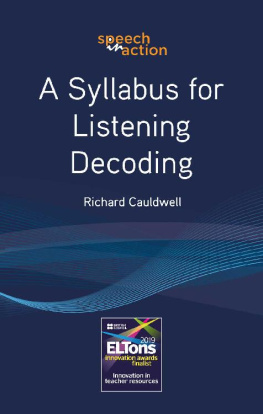

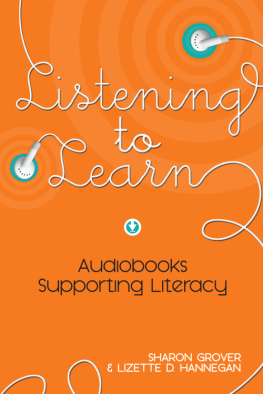
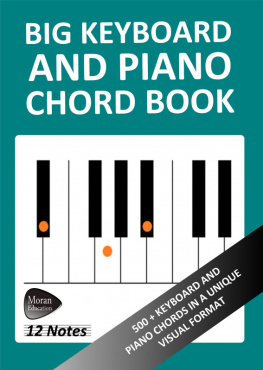
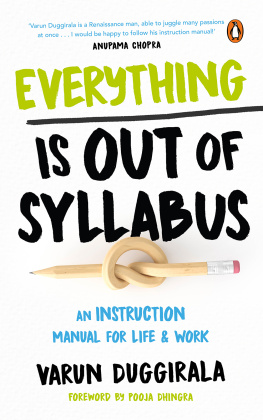
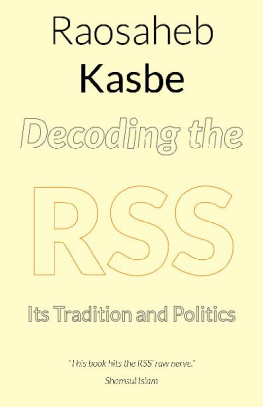

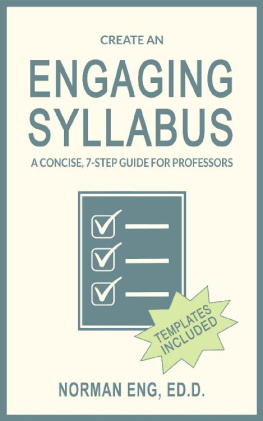
![Weber - The layout look book. [1]](/uploads/posts/book/242236/thumbs/weber-the-layout-look-book-1.jpg)
